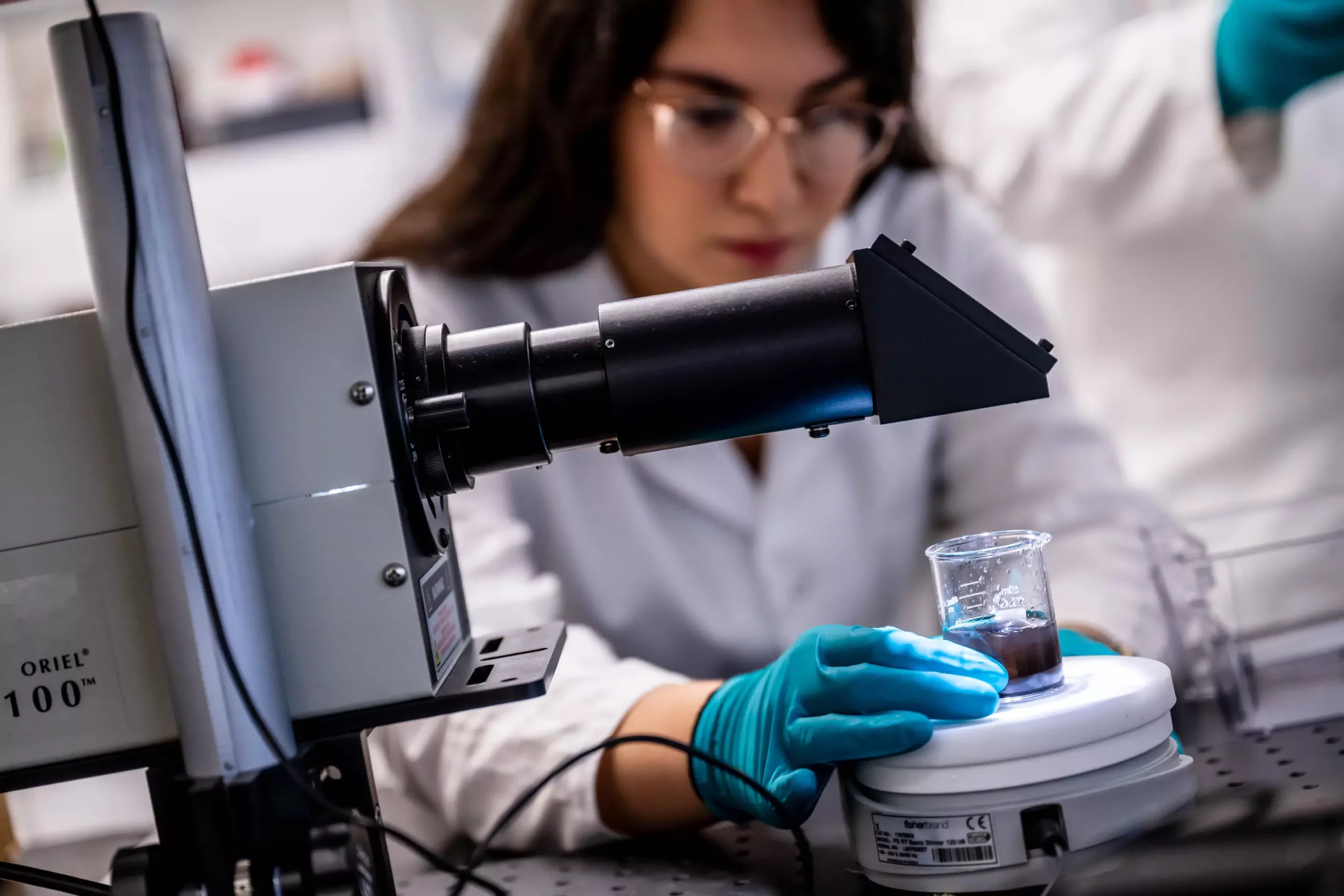Per- and polyfluoroalkyl substances (PFAS), often referred to as “forever chemicals,” present a significant environmental challenge. These synthetic chemicals, prominent in various consumer products such as waterproof clothing, are recognized for their resistance to heat, water, and stains. Yet, their stability renders them detrimental to ecological systems and human health. As these substances persist in surface and groundwater, their association with serious health issues, including cancer and liver damage, raises acute public concern. Traditional treatment methods often fall short, complicating the quest for safe and effective solutions to mitigate PFAS contamination in potable water supplies.
Recently, a team of chemical engineers at the University of British Columbia (UBC) unveiled a breakthrough in PFAS treatment technology. Their innovative system integrates the adsorption of these hazardous chemicals and their destruction into one streamlined process. Published in the journal Nature Communications Engineering, the UBC system showcases a combination of an activated carbon filter and a novel catalyst that traps PFAS substances and decomposes them into harmless by-products. This integrated approach not only enhances efficiency but also represents a significant advancement in the ongoing battle against water pollution.
The newly developed system relies on a two-pronged methodology: adsorption and decomposition. Utilizing an activated carbon filter, the system effectively captures various PFAS compounds present in water. Following this initial trapping phase, the patented catalyst initiates a breakdown of these harmful substances. Dr. Johan Foster, the lead researcher and an associate professor, emphasizes how this dual-functionality allows the system to operate effectively under various conditions, setting it apart from existing technologies that either only trap or solely destroy contaminants.
One of the significant advantages of the UBC catalyst is its capability to function with minimal ultraviolet (UV) light exposure. Traditional PFAS treatment systems often require extensive UV light, limiting their feasibility in low-sunlight regions. Remarkably, the UBC catalyst eliminated over 85% of perfluorooctanoic acid (PFOA)—one specific type of PFAS—under lower UV conditions during the testing phase. This resilience showcases the catalyst’s potential applicability in diverse environments, including northern municipalities or areas lacking strong sunlight.
The implications of this research extend beyond PFAS treatment. The versatility exhibited by the catalyst suggests its capability to tackle a broader spectrum of persistent contaminants often found in polluted water sources. As communities continue to grapple with the increasing prevalence of such environmental toxins, the potential for this catalyst to serve as a comprehensive tool for water purification becomes particularly critical.
Furthermore, the researchers have founded a company named ReAct Materials, a move that highlights their commitment to transforming this groundbreaking technology into viable commercial applications. Dr. Foster emphasizes that the catalyst’s ability to eliminate up to 90% of PFAS in as little as three hours—exceeding the speed and effectiveness of mainstream solutions—positions it as a valuable asset for municipalities and industrial facilities grappling with contaminated wastewater.
Moreover, the catalyst’s production from sustainable materials, such as forest or agricultural waste, aligns with evolving economic and environmental priorities. Dr. Foster indicates that this approach not only enhances cost-effectiveness but also promotes sustainability in water treatment practices. As concerns surrounding water scarcity and pollution intensify globally, innovative solutions like the UBC system will become increasingly vital.
The development of an integrated PFAS treatment solution by the research team at UBC symbolizes a monumental step in environmental science and engineering. As the fight against water pollution intensifies, new technologies capable of addressing persistent contaminants will play a crucial role in safeguarding public health and restoring ecosystems. This pioneering research serves as a testament to the innovation and determination of scientists and engineers in their quest to create a healthier, more sustainable future.


Leave a Reply